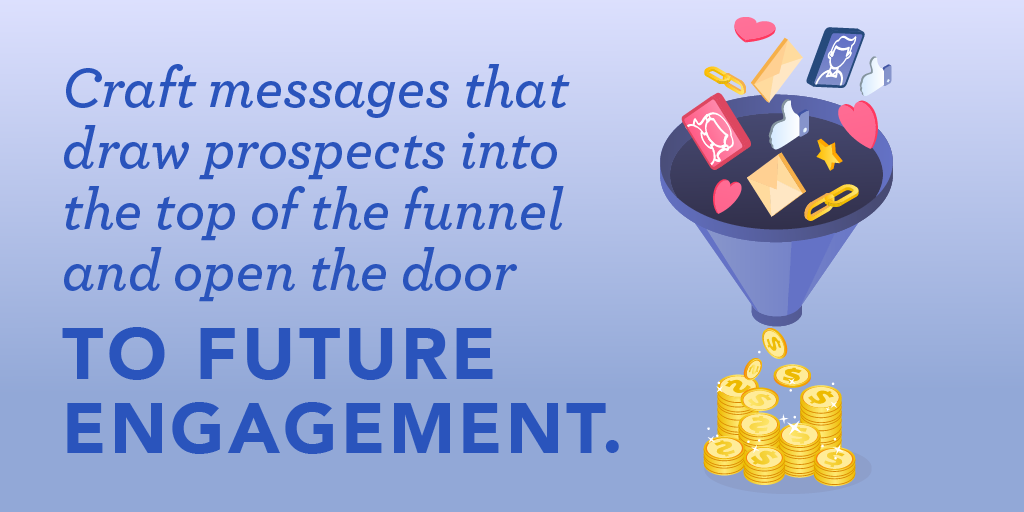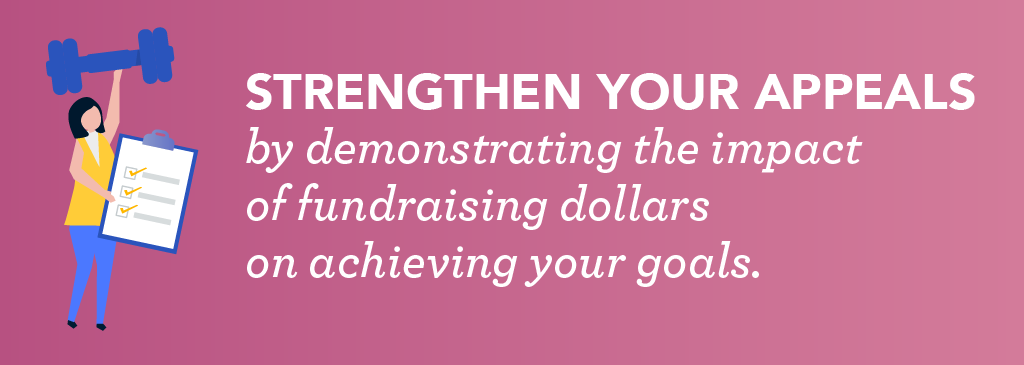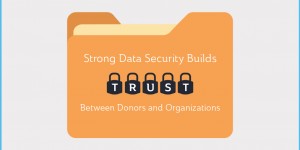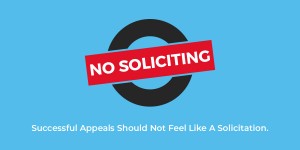Nonprofits always have their eyes set on acquiring new donors, and with good reason. New contacts and leads can really drive your nonprofit’s fundraising! But if you want to acquire new donors, you need to get them excited about your organization and activities before they open their wallets. Does your organization already have a strong advocacy program? If so, you have a head start. These programs are often the most effective nonprofit lead generation strategies because they help you connect with individuals who want to make a difference.
Whether gathering new donors or customers, organizations need to draw in new leads at the top of the marketing funnel before trying to convert them. In the nonprofit world, these leads come from advocacy efforts and general marketing initiatives.
Providing Value
Lead generation is a common and pretty straightforward tactic. The organization provides something of value to the user. In turn, that user offers some personal information. Usually this will be either an email address or phone number, first and last name, and a personal detail like their job title.
Some nonprofits can put together resources like whitepapers or eBooks to draw in potential leads. But many fundraising organizations need to take a different approach. This is where the advocacy arm of your organization comes in.
There’s no shortage of people who identify with your cause. But they all might not be ready to give to your organization. However, they are likely looking for ways to show support for a cause that is close to them. For this reason, petitions to “support our cause” with no monetary commitment are often the best strategy for nonprofit lead generation.
Nonprofits without in-depth advocacy programs can still get creative and attract new leads. Consider starting a monthly e-newsletter and encouraging prospective donors to sign up. This way you collect a bit of their information and move them closer to giving by sharing stories about the impact of your organization’s work.
Top of the Funnel
People like to be educated about the decisions they make, especially when money is involved. This is why ads with a “click to donate” button usually don’t pull in the money organizations hope for. If someone donates because of an ad without prior knowledge of the organization, it was likely on impulse. Don’t count on securing a second gift from them.
Acquiring new donors who provide long-term value to your organization is a long process. The first step is introducing them at the top of the funnel by encouraging them to pledge non-monetary support for your mission.
For example, what animal lover wouldn’t sign a petition to show support against animal cruelty? Post the petition on social media and let your audience know all they have to do is sign with their name and email address. There is less pressure for your audience to engage at the top of the funnel than there is for them to donate right away.
Building the Relationship
Now that you have an email address, you can send your prospects other educational materials about your organization and cause. The idea is to build a relationship that will eventually lead to a donation.
Remember, the end goal is to secure a gift. You don’t want to come out with an ask the first time a prospect hears from you after signing your petition. But you should to be nudging them in the right direction with all your communications.
Now is your chance to build the emotional connection between the cause, which is already important to the donor, and your nonprofit. One of the best ways to do this is by demonstrating the impact of your organization’s work.
Let’s use the hypothetical organization behind the petition against animal cruelty we mentioned earlier. You need to demonstrate how your nonprofit continues the fight every day.
Show the pictures of your volunteers who give baths to the dogs at the rescue shelter. Tell donors how a portion of the funds you raise support politicians who introduce legislation imposing tougher penalties for animal abusers. Let them know how many animals were adopted so far this year because of your efforts.
Think about this stage of communication like a test drive. You wouldn’t walk into a car dealership and make a down payment without going for a spin! You need to make sure everything works and that the car is the right fit for you first.
Your communications leading up to an appeal should show the prospect how each fundraising dollar is put to work. Help them realize your nonprofit is the perfect fit to help them achieve their goals!
There’s More to Do
Letting the advocacy arm of your nonprofit flex its muscles is a great way to get started with nonprofit lead generation. However, it is just the beginning. You will need to dedicate as much, if not more, time to building the content that educates prospects about your work and moves them closer to a donation.
You will also want to take steps to qualify the new leads that you gather. After a prospect signs your petition and learns a little more about your organization, send a survey to find out more about them! Gear your questions to help determine which donor category new leads fall into.
If you gain a new prospect with many of the same qualities as your major donors, you will want to pay special attention to how your relationship with them develops.
The key here is having a proactive plan to build a relationships. Advocacy programs can help you identify those who already have similar values to your organization. Even after you convert them to donors, there is still much to do in terms of building a long-term relationship that is mutually beneficial to both parties.









